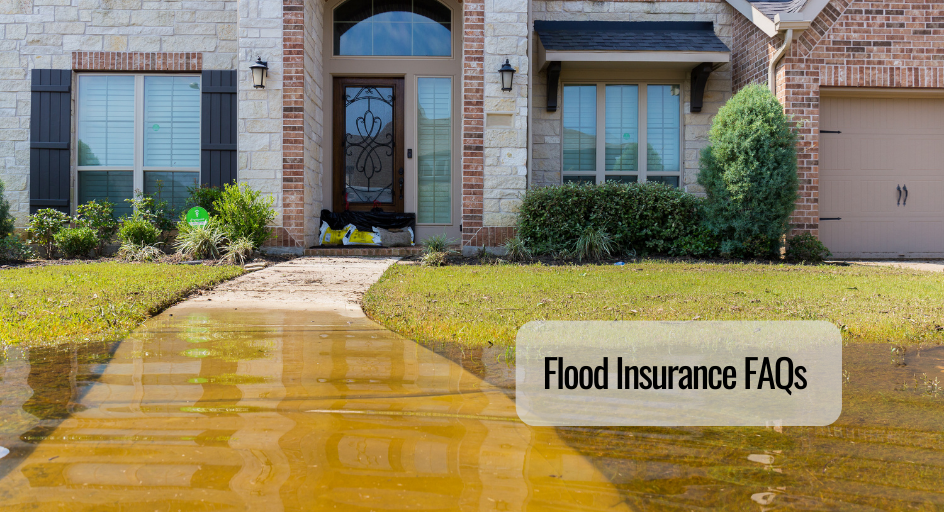Filing an insurance claim can often feel like navigating a maze. Each step in the process comes with its own unique challenges that demand careful analysis and attention. Any oversight or mistake can set off a chain reaction, potentially leading to financial loss, delayed settlements, or even claim denials. This critical process becomes even more challenging when you’re dealing with the emotional and financial aftermath of an unfortunate event, be it an accident, natural disaster, or theft.
That’s why it’s crucial to understand the pitfalls that could complicate your claim process and how to steer clear of them. Whether you’re a seasoned policyholder or someone who’s recently entered the world of insurance, being aware of these common mistakes can save you time, stress, and money. This article is designed to equip you with the knowledge you’ll need to avoid common errors in the insurance claim process. By the end of this read, you’ll have gained valuable insights into managing your claims more effectively, thus increasing the likelihood of receiving the compensation you rightly deserve.
What Type of Insurance Are We Talking About?
While the fundamentals of filing an insurance claim can be somewhat uniform across different types of insurance, it’s crucial to recognize that there are nuanced differences. This blog primarily targets general property and casualty insurance claims, which encompass a wide array of insurance types such as:
- Auto Insurance: Accidents, theft, and other vehicular incidents.
- Homeowners’ Insurance: Property damage, theft, or liability within your home.
- Business Insurance: From general liability to specific incidents affecting your business operations.
Each type of insurance has specific nuances in the claim process. For example, auto insurance might require immediate police reports, while homeowners’ insurance may require extensive documentation of property value and condition.
Mistake #1: Not Documenting Properly
Think of documentation as the backbone of your claim. Without it, your case collapses. It’s not just about snapping a few quick pictures; it’s about comprehensive documentation that leaves no room for doubt.
Types of Documents Needed
- Photos of the Damage: Timestamped and geotagged if possible.
- Bills and Invoices: To substantiate your financial claims.
- Police Reports: Especially essential in auto accidents or theft.
- Witness Statements: These can sometimes tip the scales in your favor.
- Medical Reports: In case of bodily injury.
Consequences of Not Documenting Accurately
Inadequate documentation not only jeopardizes the success of your current claim but could complicate future ones. An incomplete or shoddy claim record could affect your credibility and make insurance companies more skeptical about future claims.
Mistake #2: Delaying the Claim Process
Delays in filing an insurance claim can lead to a myriad of complications, starting from missing the window of maximum effectiveness in collecting evidence to encountering issues with the insurance company itself. Insurance companies often have time limitations, stated explicitly in your policy.
Risks of Delay
- Potential for Evidence to Deteriorate: Weather conditions can alter the accident scene, and lack of immediate documentation may cause issues.
- Witnesses May Forget Details: The sooner you obtain statements, the fresher the incident is in people’s minds.
- Missed Deadlines Could Result in Claim Denial: Every hour counts, especially when deadlines are lurking.
Mistake #3: Admitting Fault Prematurely
Admitting fault prematurely can lead you down a rabbit hole of legal complexities. The insurance company might reduce your claim amount, or you might find yourself embroiled in a legal battle you didn’t anticipate.
How It Affects the Claim
Insurance adjusters are skilled investigators. Any slip of the tongue can end up costing you a significant amount of money when settling the claim. Always wait for an official investigation before making any admissions.
Mistake #4: Accepting the First Offer
Insurance companies are businesses aiming to minimize costs. The first offer is often calculated to be just good enough to entice you, but not necessarily what you deserve.
Tips for Negotiation
- Understand Your Policy’s Terms: Know what you are entitled to.
- Consult Independent Appraisers: They can provide an unbiased valuation.
- Use Your Documentation as Leverage: Solid proof strengthens your negotiation position.
Mistake #5: Not Understanding the Policy
Your policy isn’t just a pile of papers; it’s a binding contract between you and your insurer. Understanding this document inside and out can be your strongest asset when filing a claim.
Commonly Misunderstood Terms
- Deductible: The amount you pay before the insurance kicks in.
- Premium: The cost of your insurance policy.
- Exclusions: What is not covered by your insurance.
Bonus Tip: Not Seeking Professional Help
Navigating the maze of an insurance claim can be confusing and exhausting. Professionals like claims adjusters or attorneys can offer invaluable guidance, possibly affecting the success of your claim.
How to Choose the Right Professional
- Check Experience and Credentials: Make sure they specialize in your type of claim.
- Look for Client Testimonials or Reviews: Past performance can be a good indicator of how helpful they’ll be in your case.
- Consider Their Fees: Make sure their costs don’t outweigh the benefits they bring to your claim process.
So, there you have it! The five common pitfalls in the insurance claim process and a bonus tip that could make a world of difference. Our insurance policies are designed to provide you with the coverage you need, without the hassle. We strive to make our insurance claim process as straightforward as possible, but education is the key. The more you know, the better equipped you’ll be to navigate through it.
We encourage you to read your policy carefully and consult us with any questions or concerns you may have. Remember, an informed policyholder is usually a happy policyholder.
Disclaimer
This blog is intended for informational purposes only and does not replace professional advice. Insurance policies may vary or be updated; please consult your insurance agent for the most current information.









